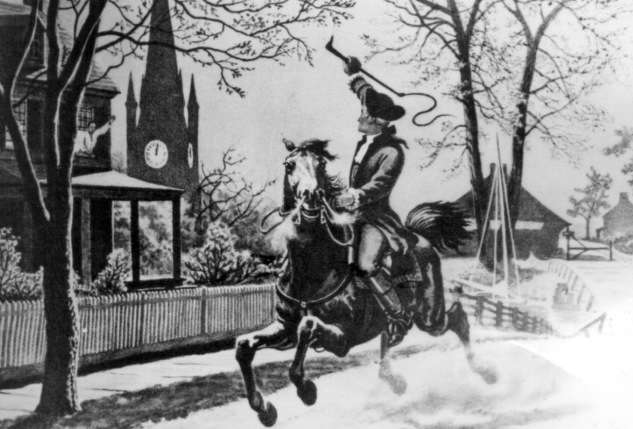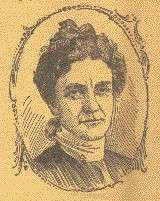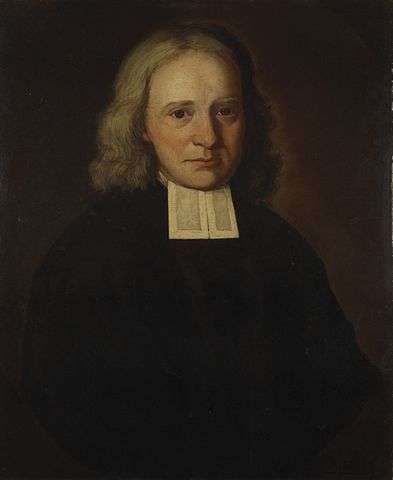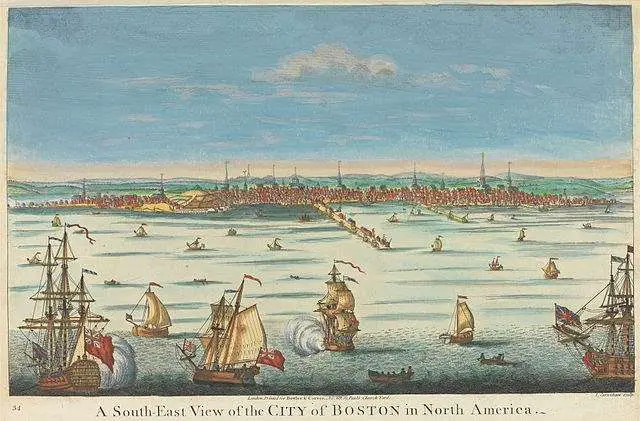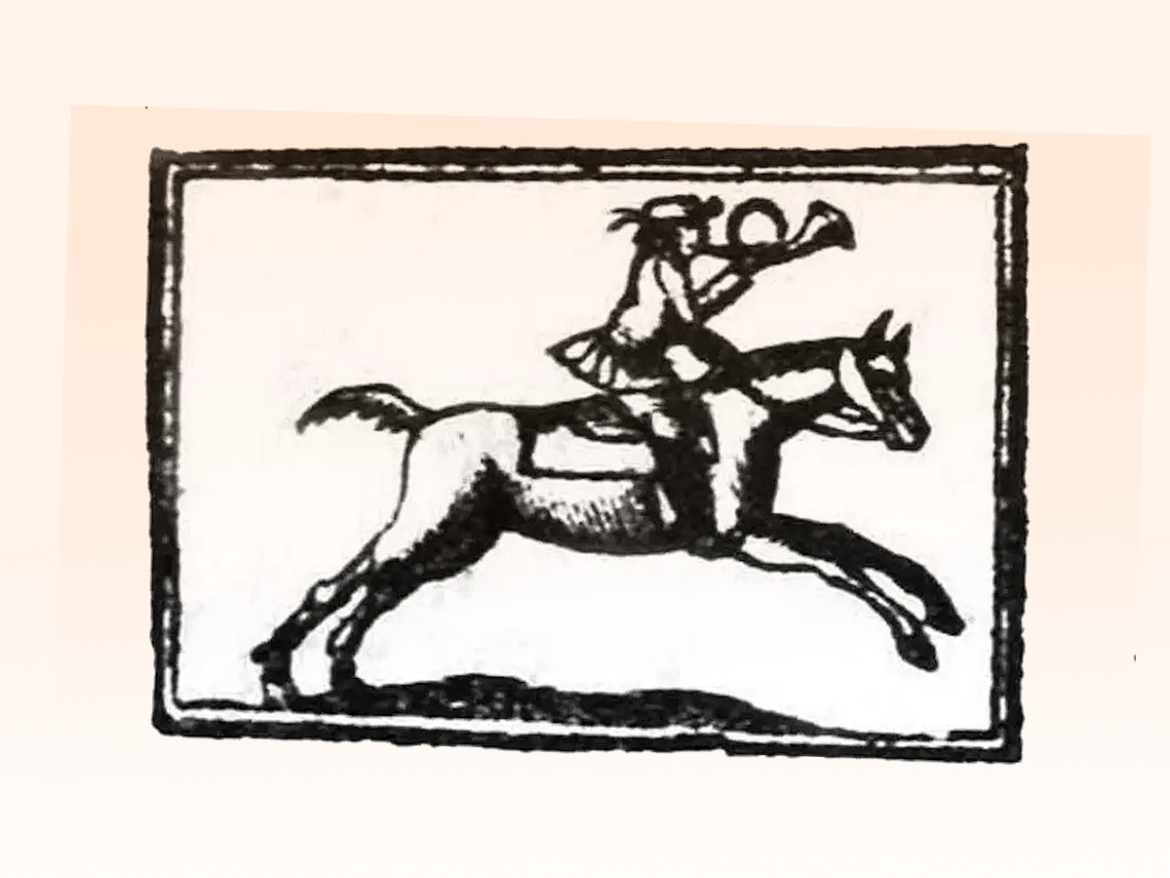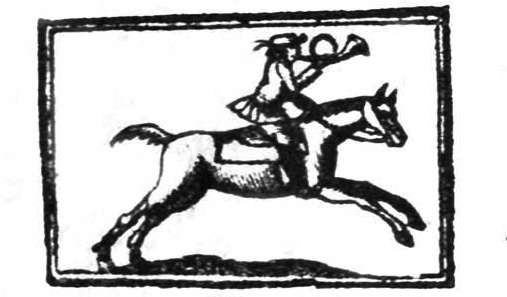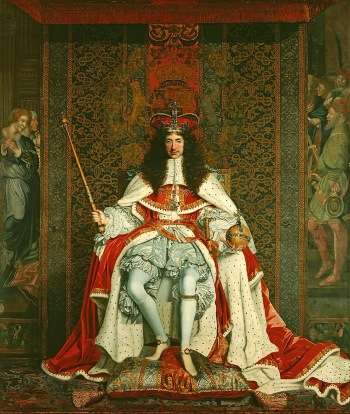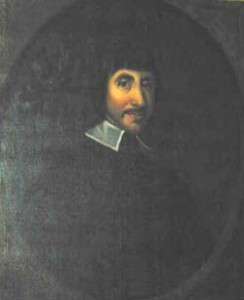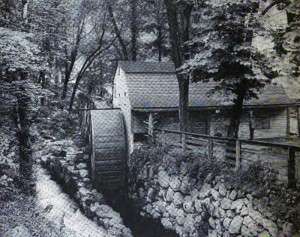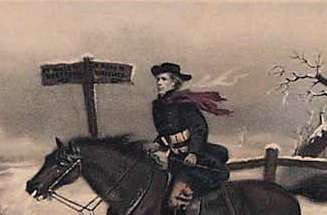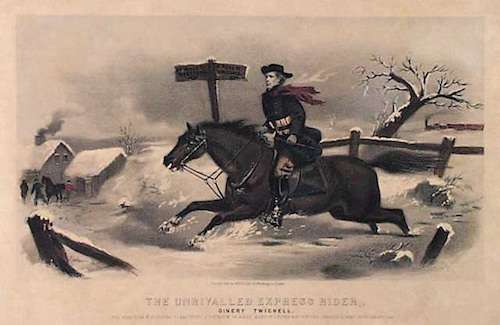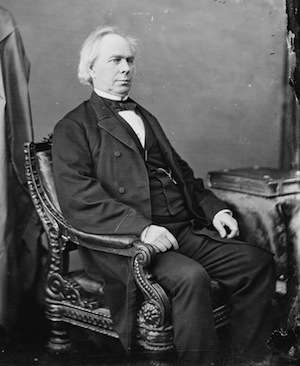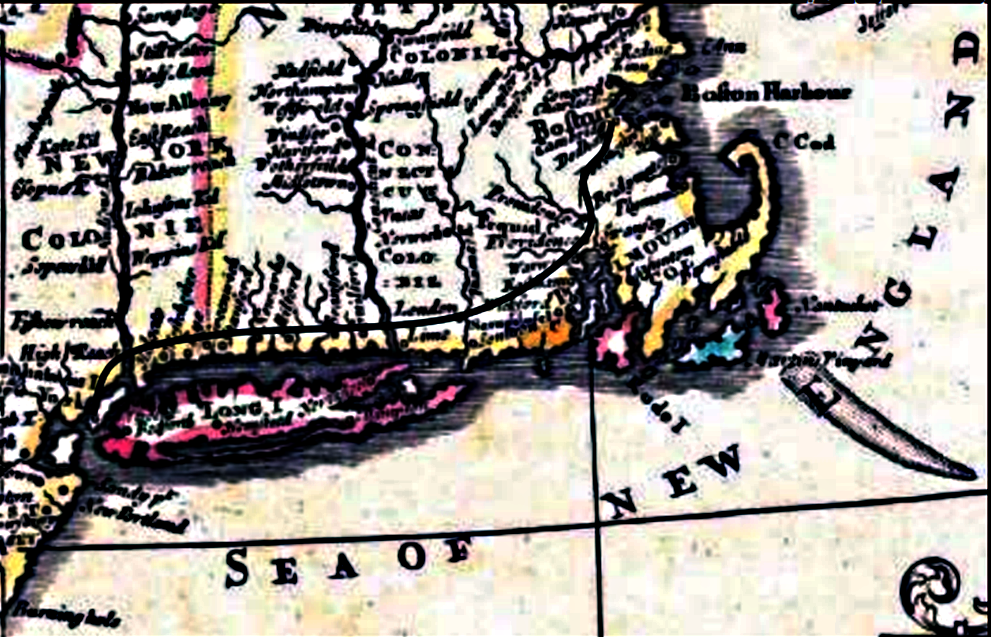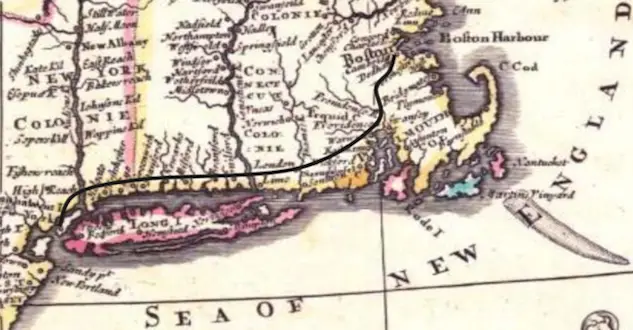Isaac Bissell electrified the colonies of Massachusetts and Connecticut with the news of the Battle of Lexington in April 1775.
He rode farther, faster and harder than Paul Revere, but is not so well-remembered. Unfortunately for the heroic messenger, ‘Bissell’ rhymes with fewer words than ‘Revere.’
Isaac Bissell
Isaac Bissell, born in 1749, lived in Suffield, Conn., at the time of the American Revolution. He married Amelia Leavitt on July 4, 1776, and they had two children, Isaac and Asaph.
He was one of a number post riders charged with telling the patriots the British army had killed people at Lexington and calling them to muster against the British regulars.
Immediately after the Battle of Lexington, and even as British reinforcements headed toward Concord, a militiaman, Joseph Palmer, scribbled a letter with the news. (Palmer later rose to brigadier general in the Continental Army.) He dispatched Bissell to take the letter to Connecticut:
Wednesday morning near 10 of the clock—Watertown.
To all the friends of American liberty be it known that this morning before break of day, a brigade, consisting of about 1,000 to 1,200 men landed at Phip’s Farm at Cambridge and marched to Lexington, where they found a company of our colony militia in arms, upon whom they fired without any provocation and killed six men and wounded four others. By an express from Boston, we find another brigade are now upon their march from Boston supposed to be about 1,000. The Bearer, Israel Bissell, is charged to alarm the country quite to Connecticut and all persons are desired to furnish him with fresh horses as they may be needed. I have spoken with several persons who have seen the dead and wounded. Pray let the delegates from this colony to Connecticut see this. —J. Palmer, one of the Committee of Safety.
Bissell’s Ride
Isaac Bissell rode to Marlboro with the news, then to Worcester along the Boston Post Road. According to legend, his horse dropped dead in Worcester. He then rode to Hartford.
In each town where he stopped, a local member of the Committee of Correspondence copied the letter and gave the copy to Bissell. Each new copy had information about who had gotten the news and when.
Along the way, Bissell may have notified Israel Putnam, a patriot and veteran of the French and Indian wars. Here’s how the post rider appeared to Putnam, according to his biographer George Canning Hill:
A man came riding through the quiet town of Pomfret on horse-back, bearing a drum about his neck, and beating it and calling out to all whom he met, — “To arms! To arms! the first blood has been shed at Lexington!” Putnam was ploughing in the field, at some distance back from his house, at the time … Putnam had his little son with him in the field. He at once unyoked his oxen and took them out of the furrow they were ploughing, sent word to his wife by the boy where he had gone, took his fastest horse from the barn, and rode away at such a pace as we should have expected from a man of his well-known character.
A copy of the letter Bissell brought went to Silas Deane in Wethersfield, just south of Hartford.
Other post riders took copies of Palmer’s letter to Norwich, New London and New York City, where the news arrived by noon on April 21st.
Afterward
After his long ride, Isaac Bissell went home to Suffield, and then enlisted in Erastus Woolcott’s regiment. He marched back to Boston, where he participated in the siege.
Sgt. Isaac Bissell mustered out in March of 1776, then mustered back in when the British invaded Connecticut in 1779. He returned home to Suffield after the war and worked as a blacksmith. Isaac Bissell lived until 1822, when he died at age 73.
Some people confused Isaac Bissell with Israel Bissell, but historians such as J.L. Bell and Lion G. Miles concluded that’s because of spelling errors in the haste after the battle.
This story about Isaac Bissell was updated in 2022. If you enjoyed reading it, you might also want to read about Sybil Ludington, the female Paul Revere, here.

